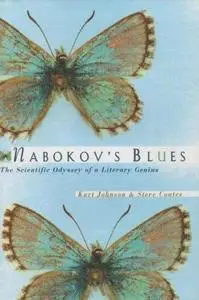
Although he had no formal training in biology, during the 1940s Vladimir Nabokov was an acknowledged expert on Blues, a diverse group of butterflies inhabiting some of the remotest parts of Latin America. In 1945, while serving as curator at Harvard’s Museum of Comparative Zoology, he published a radical new classification of Blues, a paper that initially caused a stir in the rarified field of lepidoptery.
After the war, with the increasing movement of science toward theory and specialization, his groundbreaking work was largely forgotten. With the publication of Lolita in 1958 Nabokov himself turned away from formal scientific lepidoptery, though he never gave up his great love of collecting butterflies. It was nearly fifty years before scientists followed up on his pioneering work with a series of expeditions to the high Andes of South America. What they found led not only to new thinking about Nabokov’s place in science but to fresh insights on the global movement of species and the threat of their extinction.
Part biography of one of the greatest writers of the twentieth century, and part scientific detective story, Nabokov’s Blues explores the rich and varied place butterflies hold in Nabokov’s fiction, as well as far-reaching questions of biogeography and evolution, and the worldwide crisis in ecology and biodiversity.
DOWNLOAD LINK